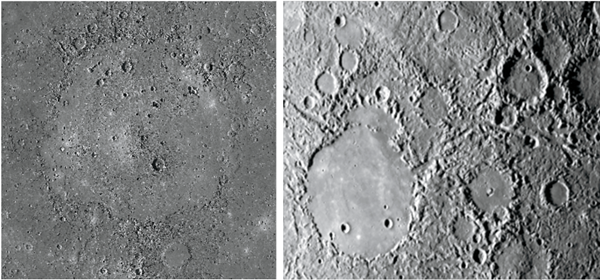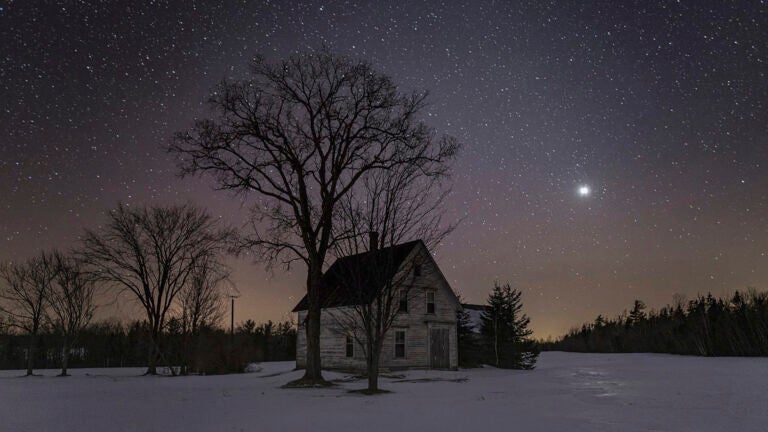Before launching today’s journey, the word antipode forces us to stroll along the old pronunciation footpath. That’s a familiar trail, reached whenever a friend says things like “your-AIN-us.” Granted, some celestial names are tough to decipher; you’d have to stop and grab a dictionary if you really want to pronounce Orion’s left shoulder star correctly (it’s bel-AY-trix, not bel-AH-trix).
Anyway, our subject is antipode and its plural, antipodes — words that indicate opposites and are challengingly pronounced AN-ti-pode and an-TIP-uh-deez. The British liked the concept enough that they often refer to the Australia and New Zealand region as the Antipodes because they’re opposite England on the globe.
Despite the unfortunate popularity of the Flat Earth movement, celestial objects are mostly spheres and, obviously, every location on each of those balls has a spot precisely opposite it — its antipode. Some of them demand our attention.
For example, Saturn’s south pole is an unremarkable place with storms just like we see elsewhere in the solar system. But every 15 years, the opposite pole points in our direction and lets us have a look. Saturn’s antipodal (an-TIP-uh-dal) extremities are a study in strangeness because its north pole — the one aimed our way this past decade — is surrounded by an enormous hexagon whose sides are each longer than Earth’s diameter. Despite some unconvincing guesses, there’s no plausible explanation for how nature could possibly create and preserve such an enormous geometric shape — especially when Saturn’s antipode doesn’t have one, despite similar temperatures, pressures, and winds.
But to truly explore antipodean weirdness, we can do no better than Mercury. The planet’s largest feature is the Caloris Basin. This gargantuan circular impact feature resembles the greatest catastrophic places on the Moon, but what really catches our eye is the jumbled mess that lurks at its antipode. NASA’s official name for this place: the Weird Terrain.
How would you like to write “the Weird Terrain” as your return address? What must have happened is debris and an unimaginable shock wave were thrown outward by the asteroid impact that created Caloris, which traveled supersonically in all directions until the wave collided with itself at the planet’s antipodal point. There, the energy’s violence either stirred up the Weird Terrain or else the physical material, having met itself, collapsed to the ground. Either way, it created a feature seen nowhere else in the universe. It remains an enduring monument to eeriness — so, hopefully in the future whenever the word antipodal arises in conversation (meaning never), the Caloris Basin and the Weird Terrain will immediately come to mind.
Antipodal phenomena inhabit the sky itself, even if relatively few people associate this aspect of nature with marvels ranging from the common and beautiful to the rare and subtle. Many lie precisely opposite the Sun alone: the twilight wedge, the rainbow, superior planets when brightest, the gegenschein, the lunar eclipse, and the glory.
With regard to constellations, antipodality sometimes played a central role in their folklore. One example is when Scorpius was supposedly placed opposite Orion so that, after the Hunter had been slain by the arachnid, the two enemies would never again lay eyes on the other.
A revelation I’ve never seen in print, but which I have uncovered by studying a star atlas, is that two of the five brightest stars, Canopus and Vega, are antipodal to each other on the celestial sphere. So, when pondering the fact that Vega will be the North Star 12,000 years from now and wondering what will then be the South Star, we have our answer. And what a spectacular situation — a magnitude 0 luminary near each of the poles!
We’ve seen enough to realize that the search for antipodes uncovers surprising revelations, making this a worthy enterprise when exploring the universe — the exact opposite of what we might have thought.










